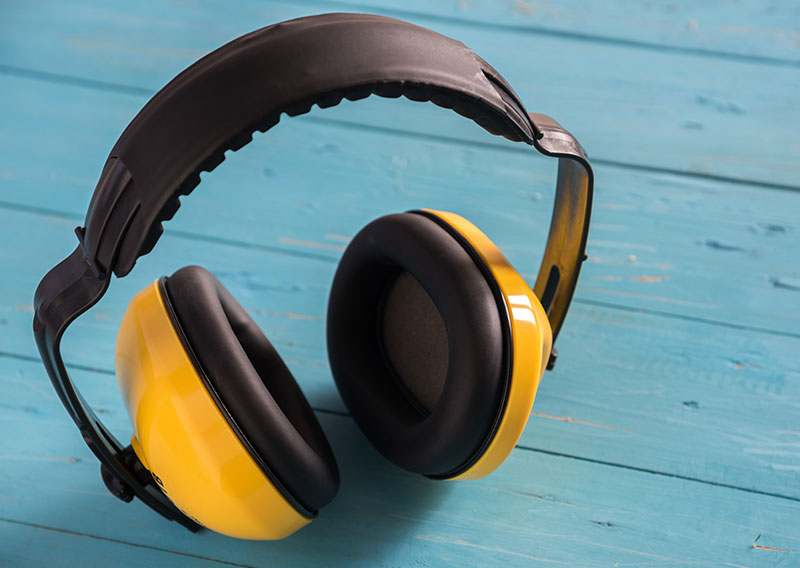
The Silent Epidemic: Steps to Combat Hearing Loss
Excessive noise is perhaps the most common cause of hearing loss in the world. According to a World Health Organization report, an estimated 275 million people across the globe can’t clearly hear all the sounds they love. These people suffer from hearing loss, the number one sensory disability in the world.
Whether it’s a one-time exposure to an intense ‘impulse’ sound such as gunfire, or repeated exposure to loud sounds over time, say from machinery at work, noise has the potential to rob people of their hearing. Hearing loss strains a person’s ability to understand conversations, which can cause problems and misunderstandings at work and at home. Hearing loss also leads to isolation from family, friends and the environment.
According to Terry Gorman, Senior Occupational Hygienist from 3M’s Personal Safety Division, the good news is noise-induced hearing loss is preventable, and all it takes is a few easy steps.
Step 1: Wear hearing protection
The most important step to preventing hearing loss is wearing hearing protection. Gorman explains there are several hearing protection options and it can be a challenge to select and use the right option. Hearing protection available today offers comfort and good fit, and includes options to enhance communication such as microphones and two-way radio connections for people who need them.
Step 2: Be mindful around the clock
Sounds louder than 85 decibels (dBA) are more common than people might think; prolonged exposure to these high-level sounds can permanently damage hearing, and cause ringing in the ears, along with other symptoms. Most people don’t carry decibel meters, so it’s good to know where those sound levels can occur. Some examples include: Attending a football game (100 to 120 dBA); Using a leaf blower or chainsaw (95-120 dBA); Riding a motorcycle (80-110 dBA); Using a lawn mower (82-103 dBA); Attending a rock concert (90-120 dBA); Listening to a personal music player (75-114 dBA); Shooting firearms (140 to 165 dBA); Watching a movie at the theatre (72-104 dBA).
Hearing these sounds occasionally, for a limited time, isn’t a major threat to hearing. But repeated exposure to loud sounds can cause hearing damage over time. Many people such as mine workers, police officers, construction workers and farmers mostly work in noisy environments with noise levels at 85 dBA or higher. Noise-induced hearing loss is consequently one of the most common occupational diseases and the second most self-reported occupational illness (source: NIOSH).
Step 3: Reduce the volume or increase distance
While one may not be able to control work-related noise, other noise sources can be managed. For instance, one can select quieter vacuums, chain saws, leaf blowers or power tools. According to Ozen, volume controls on portable entertainment devices can exceed 110 dB that may be hazardous if one is listening for many hours a day. Lowering the volume and limiting the listening time can help. For noise sources that cannot be controlled, it will help if the person takes a few steps back from the source of the loud sound.
Material courtesy of 3M